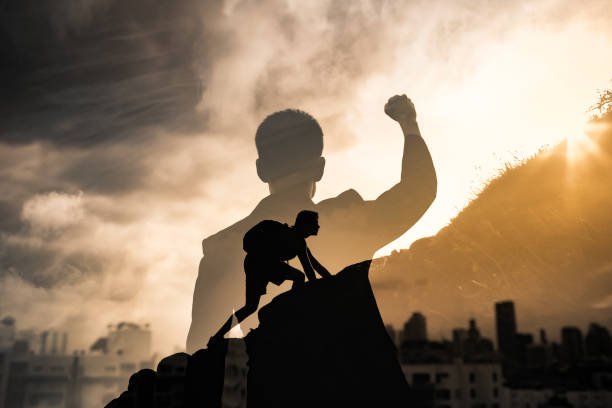Are you tired of overstuffed backpacks and sore shoulders on your hikes? Packing light is the golden rule for every outdoor adventurer, especially on a 3-day hiking trip. Whether you’re a beginner or an experienced hiker, learning how to pack smart and light can make your journey safer, more enjoyable, and less exhausting.
In this guide, we’ll break down the 15 most essential tips to help you pack light without leaving behind what really matters. Let’s get started.
Table of Contents
Why Packing Light Matters on a 3-Day Hiking Trip
Carrying a heavy load can slow you down, strain your body, and turn an enjoyable hike into a frustrating trek. When you pack light, you:
- Move more freely and efficiently
- Reduce your risk of injury
- Save energy for enjoying the scenery
- Reach campsites or viewpoints faster
- Stay organized with minimal gear
So instead of asking “What should I take?” the better question is: “What can I live without?”
Tip #1: Choose the Right Backpack (Capacity: 30–45L)
For a 3-day trip, a 30–45-liter backpack is usually more than enough. This size forces you to pack only the essentials while still offering enough space for shelter, clothes, food, and gear.
Look for these features:
- Lightweight material
- Compression straps
- External attachment loops
- Comfortable hip belt and shoulder straps
Avoid large backpacks that tempt you to overpack.
Tip #2: Use a Pack List & Stick to It
Before you even start packing, write out a gear checklist. This helps you:
- Avoid unnecessary items
- Stay organized
- Pack efficiently
Here’s a quick example of a 3-day hiking checklist:
- Shelter (tent/tarp/hammock)
- Sleeping gear (bag, pad)
- Clothing (layers, socks, underwear)
- Cooking gear (stove, utensils)
- Water and filtration
- Food (lightweight, high-calorie)
- Navigation tools (map, GPS)
- First-aid kit
- Toiletries
- Headlamp
Tip #3: Choose Multi-Purpose Gear
Every item in your backpack should serve more than one purpose. Here are some examples:
- A buff can be used as a scarf, headband, towel, or eye mask.
- A pot can serve as a bowl, plate, and mug.
- A rain jacket can double as a windbreaker.
This tactic is a game-changer for weight savings.
Tip #4: Go Ultralight With Your Shelter
Your shelter is likely the heaviest item in your pack. If you’re not sharing a tent, go for ultralight options:
- A lightweight one-person tent (under 2 lbs)
- A tarp and bivy combo
- A hammock system (for forested hikes)
Remember to choose shelter based on weather conditions and terrain.
Tip #5: Select the Right Sleeping System
Your sleeping bag and pad also take up significant weight and volume.
Look for:
- A down sleeping bag (packs smaller and lighter than synthetic)
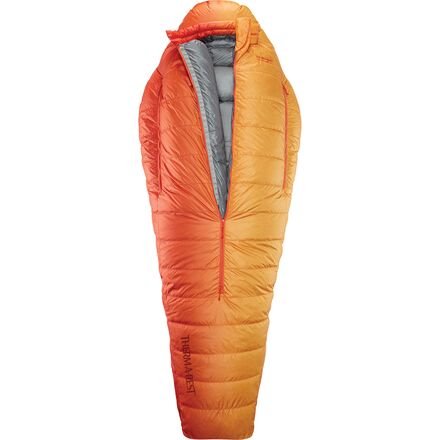
- A compact inflatable sleeping pad or closed-cell foam pad
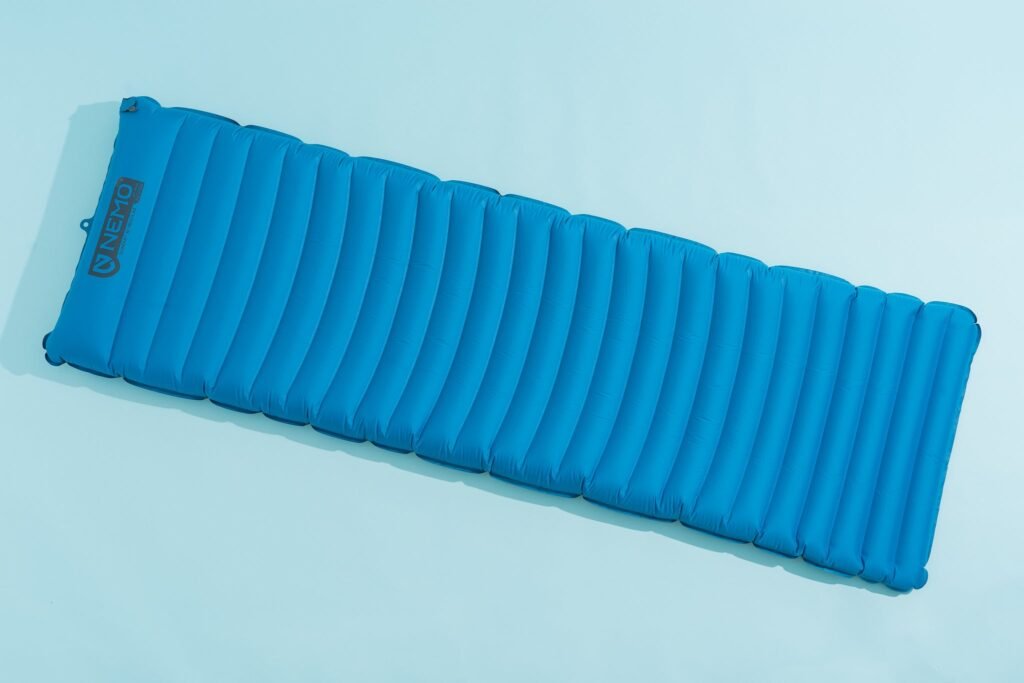
Some experienced hikers use quilts instead of sleeping bags for ultralight packing.
Tip #6: Layer Smart With Clothing
You don’t need a new outfit for every day. Stick to the “rule of 3”:
- 1 outfit for hiking
- 1 set for sleeping
- 1 backup piece (e.g., an extra shirt or underwear)
Bring clothes that wick moisture, dry fast, and insulate well:
- Merino wool or synthetic fabrics
- Down or fleece mid-layer
- Lightweight waterproof jacket
- Convertible pants
- Two pairs of socks
Avoid cotton—it traps moisture and takes forever to dry.
Tip #7: Limit Footwear to One Pair (Plus Camp Shoes)
One durable, broken-in pair of trail runners or lightweight hiking boots is enough. If you want something for camp, consider packable water shoes or sandals that weigh less than a pound.
Tip #8: Pack Dehydrated or Lightweight Food
Go for calorie-dense, non-perishable, and easy-to-cook food, like:
- Instant oatmeal
- Dehydrated meals
- Tortillas with peanut butter
- Trail mix, energy bars
- Tuna packets
- Instant soup
Plan your meals in advance and don’t overpack food. Estimate around 2,500–3,000 calories per day.
Tip #9: Use a Compact Cooking Kit
Avoid bulky pots and utensils. A minimalist cooking kit includes:
- One pot or mug
- A small backpacking stove (like a Jetboil or pocket rocket)
- A spork
- A lighter or matches
- A collapsible bowl (optional)
You can save even more weight by going stoveless and eating cold meals.
Tip #10: Carry One Water Bottle + Filtration System
Instead of carrying 3–4 liters of water, bring a single bottle or collapsible reservoir and filter water as you go.
Reliable options include:
- Sawyer Squeeze
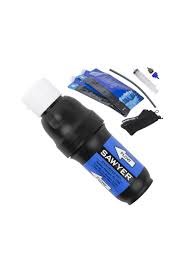
- LifeStraw
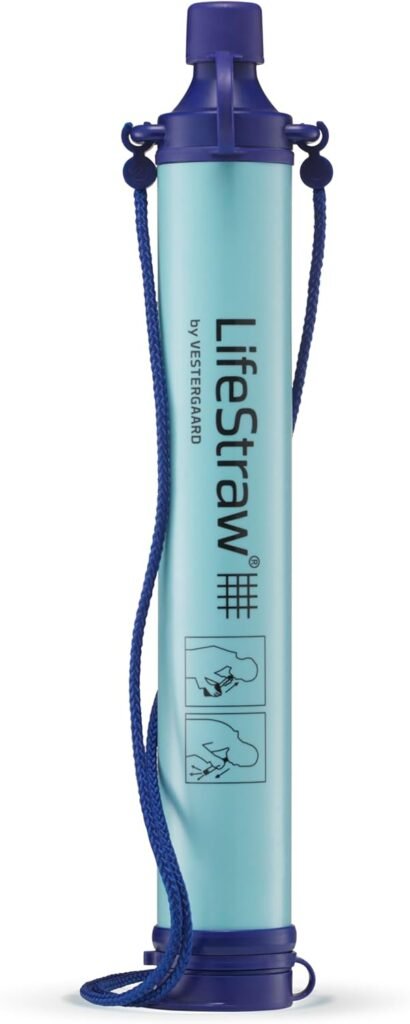
- UV purifiers
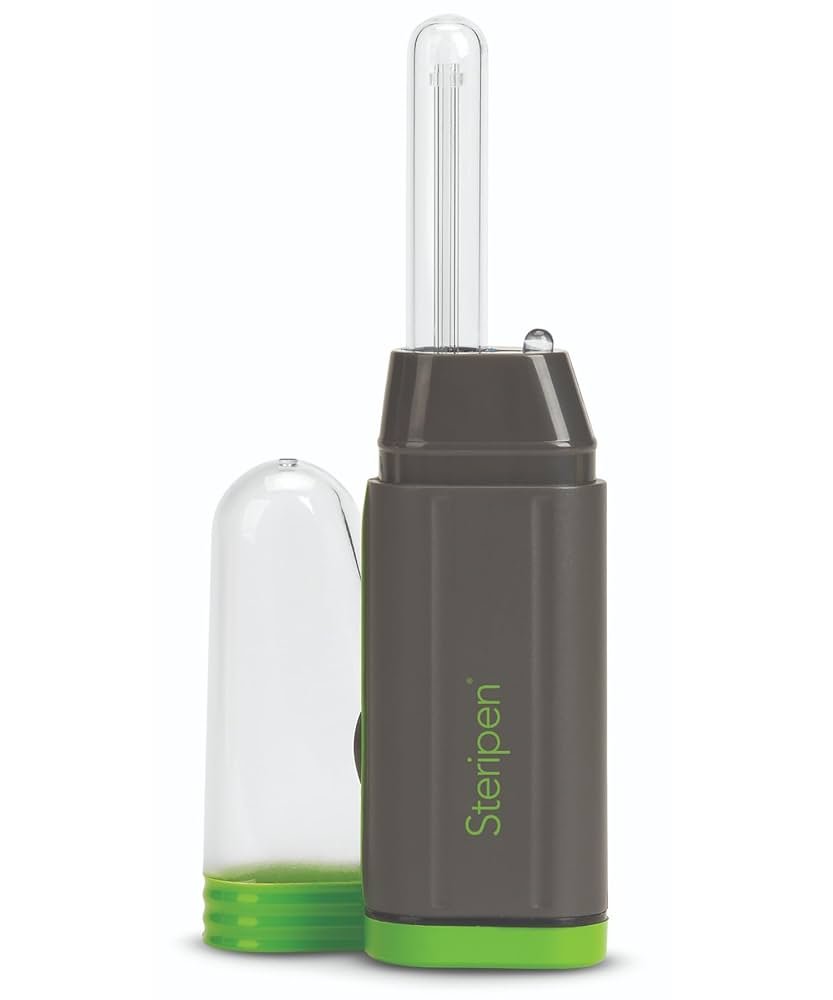
- Boiling water (if you carry a stove)
Always know where your next water source is.
Tip #11: Use Compression Sacks or Packing Cubes
Compression sacks allow you to pack clothes, sleeping bags, or gear into half their original size. Packing cubes or dry sacks also help you stay organized and avoid clutter in your pack.
Tip #12: Keep Toiletries Minimal
Here’s what you need:
- Travel-sized toothpaste and toothbrush
- Small biodegradable soap
- Sunscreen and lip balm
- Quick-dry towel or bandana
- Baby wipes or reusable cloth
- Tiny first-aid kit (bandages, painkillers, etc.)
No need for shampoo, lotion, or full-size anything.
Tip #13: Bring Only Essential Gadgets
Forget power banks, multiple cameras, or bulky electronics. Limit your gadgets to:
- A phone (with offline maps and emergency contacts)
- Headlamp with extra batteries
- Optional: GPS device or watch
Use airplane mode to conserve battery.
Tip #14: Learn How to Pack Efficiently
Weight distribution matters. Here’s a simple breakdown:
- Heavier items near the middle of your back (close to your spine)
- Lighter gear like clothes near the top
- Frequently used items (snacks, map, water) in outer pockets
This setup improves posture and makes your pack feel lighter.
Tip #15: Do a Test Hike Before the Trip
Take your fully packed backpack on a short local hike. This lets you:
- Adjust the fit and straps
- Identify any unnecessary items
- See how your body responds to the weight
You might realize your “must-have” items aren’t really needed.
Bonus Tip: Leave No Trace
Light packing also aligns with Leave No Trace (LNT) principles. Bring a small trash bag and always:
- Pack out all waste
- Respect wildlife
- Stick to trails
- Leave nature as you found it
FAQ: How to Pack Light for a 3-Day Hiking Trip
- How much should my backpack weigh for a 3-day hike?
Aim for 20–25% of your body weight. For most, this means 20–30 pounds, including food and water. - What size backpack is ideal for a 3-day trip?
A 30–45 liter backpack usually provides enough space without encouraging overpacking. - Can I bring extra clothes for a 3-day hike?
Limit clothes to essentials: one hiking outfit, one sleeping outfit, and minimal extras like an extra pair of socks. - What materials are best for hiking clothes?
Choose moisture-wicking, quick-dry fabrics like merino wool or synthetic blends. Avoid cotton. - Is it okay to pack only one pair of shoes?
Yes, one sturdy pair of hiking boots or trail runners is sufficient. Optionally, pack lightweight camp shoes. - What food should I bring on a 3-day hike?
Pack calorie-dense, lightweight foods like dehydrated meals, nuts, trail mix, energy bars, and instant oatmeal. - Do I need a stove for a 3-day hike?
It depends. You can bring a lightweight stove or opt for no-cook meals to save weight. - How much water should I carry?
Carry 1–2 liters and have a reliable filtration system to refill from natural sources. - What kind of water filter is best for hiking?
Popular options include Sawyer Squeeze, LifeStraw, and UV purifiers like SteriPEN. - Can I wash clothes on the trail?
Yes, wash lightweight clothes using biodegradable soap in streams or with water containers. - Should I bring a first aid kit?
Always. Pack a small, lightweight kit with essentials like bandages, antiseptics, and pain relievers. - What toiletries are necessary?
Minimal toiletries: toothbrush, toothpaste, biodegradable soap, lip balm, sunscreen, and wipes. - How do I keep electronics charged?
Use a power bank, solar charger, or conserve battery by turning off unused devices. - Is a tent or hammock better for 3 days?
It depends on environment and personal preference. Hammocks are lighter but need trees; tents offer more protection. - How should I organize my pack?
Keep heavy items close to your back, lighter items on top, and frequently used gear in outer pockets. - Can I share gear if hiking with a partner?
Yes, sharing bulky items like tents, stoves, or water filters helps reduce individual weight. - What’s the best sleeping system for ultralight hiking?
Down sleeping bags or quilts paired with compact sleeping pads are ideal. - Are trekking poles necessary?
Not essential but helpful for balance and reducing joint stress on uneven terrain. - How do I handle unexpected weather changes?
Pack layers: base layer, insulation, and waterproof shell. Always check forecasts before leaving. - Should I bring a map and compass?
Yes, even if you use GPS. Physical navigation tools are reliable backups. - What’s the best way to repackage food?
Remove bulky packaging and use zip-lock bags or lightweight containers. - Is it okay to bring a book or journal?
Only if it won’t add too much weight. Consider digital options instead. - How do I prevent blisters while hiking?
Wear proper footwear, bring blister pads, and keep feet dry and clean. - What are some multipurpose items I should bring?
Buffs, sporks, multitools, and clothing layers that double as sleepwear or rain protection. - How can I reduce pack weight without sacrificing safety?
Prioritize essential gear, use ultralight equipment, share communal items, and avoid unnecessary extras.
Your Adventure Awaits – Travel Light, Hike Far
Packing light for a 3-day hiking trip is not about deprivation — it’s about prioritizing what truly matters and making your adventure more enjoyable. With these 15 practical tips, you’ll carry less, move faster, and soak in every moment on the trail.
So go ahead — lay out your gear, make your list, and start your journey. Your back (and your future self) will thank you.
Did we miss your favorite ultralight tip? Share it in the comments or tag us in your hiking photos!
And don’t forget to subscribe for more outdoor travel guides and gear hacks. Subscribe to MindGearMen.

